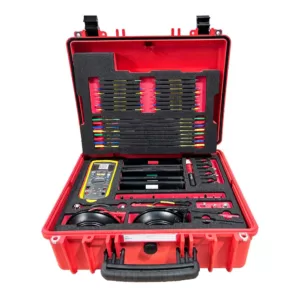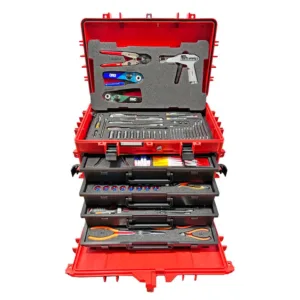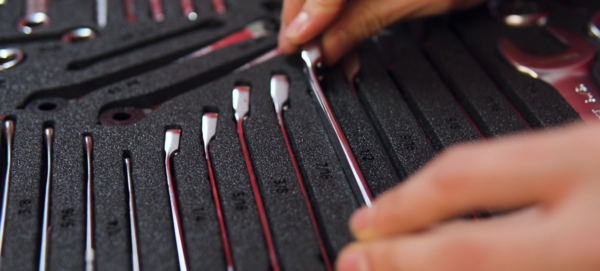The Mil Mi-28, NATO reporting name “Havoc,” is a Soviet-origin, all-weather, day-night, tandem-seat anti-armor attack helicopter. Developed by Mil, it serves as a dedicated attack helicopter without secondary transport capability, optimized for anti-armour roles.
The Mi-28 boasts a single gun in an undernose barbette and external loads on pylons beneath stub wings. Its development began in 1972, evolving from the Mil Mi-24 gunship. The design prioritized performance and speed over transport capacity, becoming an essential asset in tank and helicopter combat.
The Mi-28’s development, led by Marat Tishchenko in 1980, saw the prototype’s maiden flight in 1982. Despite the Soviet Air Force’s initial preference for the Kamov Ka-50, Mi-28 production at Rosvertol in Rostov-on-Don was approved in 1987. The Mi-28A variant, introduced in 1988, featured enhanced engines and an “X” type tail rotor.
The Mi-28N, unveiled in 1995, meaning “night,” featured significant upgrades, including a radar above the main rotor, improved tor vision, and advanced aiming devices. Despite funding challenges, the Mi-28N’s production commenced in 2006. By 2015, around 67 Mi-28Ns were planned for acquisition. The helicopter showcases a fully armoured cabin, a five-blade main rotor, and a non-retractable tricycle tail-wheel landing gear. Its night attack variant, retaining the structural design of the original Mi-28, incorporates an integrated electronic combat system, a helmet-mounted target designator, and advanced surveillance and fire control systems.
The Mi-28N is a critical component of the Russian Aerospace Forces, with ongoing developments for a fifth-generation derivative, the Mi-28NM, focusing on the low-radar signature, extended flight range, and advanced weapons control systems. In 2016, reports indicated the development of an advanced helmet system for targeting in any field of view.
















































